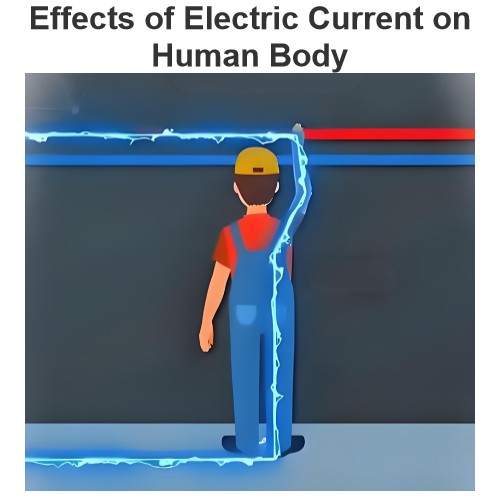What are the causes of typical hazards in low-pressure systems?
Low Voltage (LV) systems generally refer to electrical systems with operating voltages below 1000 volts (V) alternating current or 1500 volts direct current. Although low pressure systems are safer than high pressure systems, there are several potential hazards. Understanding these risk factors can help you take preventive measures to keep people and equipment safe. The following are common causes of danger in low-pressure systems:
Electrical injury
Electric shock: Direct contact with a live conductor or device can result in electric shock. Even low-voltage systems can cause serious electric shock damage to the human body.Indirect contact, such as contact with metal parts of broken insulation, can also trigger an electric shock.
Arc flashover: While less common than high-voltage systems, Arc Flash events in low-voltage systems can still occur, especially when equipment is aged or improperly maintained.
Arc flashover can produce high temperatures, bright lights, and explosive sounds that can cause serious burns and other injuries.
Equipment failure
Short circuit: A short circuit occurs when the current bypasses the load and flows directly from one end of the power supply to the other. This can cause damage to the equipment and even cause a fire.
Overload: Overload occurs when electrical equipment or lines carry more than their rated current. Overload can cause equipment to overheat and even start an electrical fire.
Improper maintenance
Insulation failure: Aging or damage to insulation materials can expose live parts and increase the risk of electric shock. Incorrect wiring or loose joints can also cause insulation failure.
Poor grounding: Inadequate or incorrect grounding (Earthing) can cause current to not flow efficiently to the ground, increasing the risk of electric shock.
Lack of safety awareness
Lack of training and knowledge: Workers who are not properly trained or do not understand electrical safety regulations can accidentally trigger accidents.
Ignoring security procedures: Ignoring Lockout/Tagout procedures or other security measures can lead to accidental device activation, which can cause accidents.
Environmental factor
Humid environment: In a humid environment, electrical equipment is more prone to short circuit or leakage accidents. Moisture can reduce insulation properties and increase the risk of electric shock.
Physical damage: External factors such as mechanical shock or vibration can cause wires to break or equipment to be damaged, leading to electrical failure.
Other factors
Overtemperature: The ambient temperature may overheat the electrical equipment, which may cause a fire.
Improper accessories: Using improper electrical accessories, such as mismatched fuses or circuit breakers, can cause equipment to malfunction or overheat.
Understanding these potential hazards in low-pressure systems and taking appropriate precautions (such as regular maintenance, training employees, following safety procedures, etc.) can significantly reduce the likelihood of accidents and protect people and property.
The Electricity Encyclopedia is dedicated to accelerating the dissemination and application of electricity knowledge and adding impetus to the development and innovation of the electricity industry.













